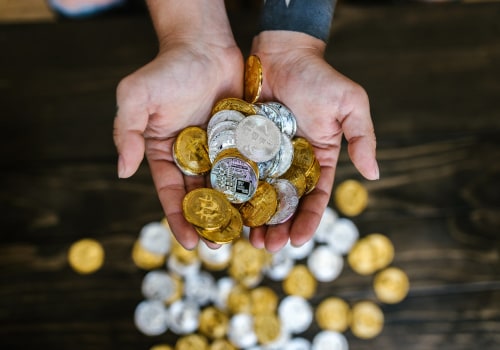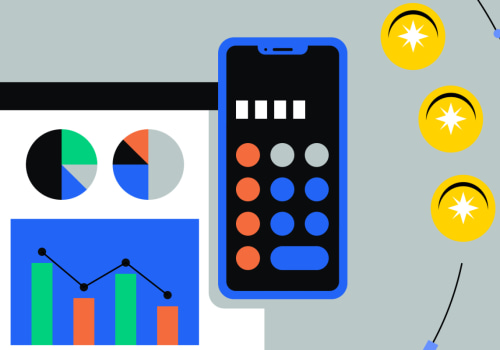Cryptocurrencies are digital forms of money that are transmitted through a decentralized network of users. They are intended for payments and to transmit value, similar to digital money. The most common types of cryptocurrencies are utility and payment tokens, but there are several other types as well. Coins, tokens, altcoins, stablecoins, and forks are all different types of cryptocurrency.
Coins are the native cryptocurrencies of the blockchain on which they work. Bitcoin is a currency because it runs on the Bitcoin blockchain, while Ether is a currency because it runs on the Ethereum blockchain. Cardano is a currency because it runs on its own blockchain. Tokens, on the other hand, are created to work on Ethereum or another existing blockchain.
The Basic Attention Token (BAT) is an example of a token that runs on Ethereum and is used in digital advertising. Like Bitcoin, some cryptocurrencies have a limited supply of coins, which helps create demand and reinforce their perceived value. For example, there is a fixed number of Bitcoins that can be created (21 million). Altcoins are cryptocurrencies based on a blockchain other than Bitcoin. They may offer new features such as smart contracts or an advantage such as lower price volatility. Ether (ETH) is the cryptocurrency based on the Ethereum blockchain.
Ethereum was designed as a programmable blockchain, meaning that it was not created to support a currency but to allow network users to create, publish, monetize and use applications (called “dApps”). Ether (ETH) was developed as a form of payment on the Ethereum platform. Cardano proclaims itself as a third-generation blockchain platform. It is based on proof of participation (PoS), meaning that the complicated PoW calculations and the high electricity consumption needed to mine coins such as Bitcoin are not necessary. Cardano's cryptocurrency is called ADA. Binance Coin (BNB) is a cryptocurrency token that was created to be used as a medium of exchange on Binance.
It was initially created on the Ethereum blockchain but now it lives on Binance's own blockchain platform. Tether was the first cryptocurrency traded as a “stablecoin”, a type of cryptography known as fiat-guaranteed stable currencies. The value of the strap is linked to a fiat currency, in this case, the U. S. UU. XRP was developed by Ripple Labs, Inc.
Ripple is a global money transfer network used by financial services companies while XRP is the cryptocurrency designed to work on the Ripple network. Unlike Bitcoin and many other cryptocurrencies, XRP cannot be mined; instead, there are a limited number of coins (100 billion XRP) that already exist. Dogecoin is an altcoin similar to Bitcoin and Ethereum since it runs on a blockchain network using a PoW system. However, the number of coins that can be mined is unlimited (compared to Bitcoin's limit of 21 million coins).Polkadot was co-founded by Gavin Wood, also co-founder of Ethereum, to take the capabilities of a blockchain network to another level. The cryptocurrency on the blockchain is called dot. Sometimes, a cryptocurrency forks.
This concept is similar to literally arriving at a fork in the road where you have to choose one direction or another. Cryptocurrency forking involves nodes or computers that store, maintain and validate the blockchain. There are hard forks and soft forks.








Leave Message